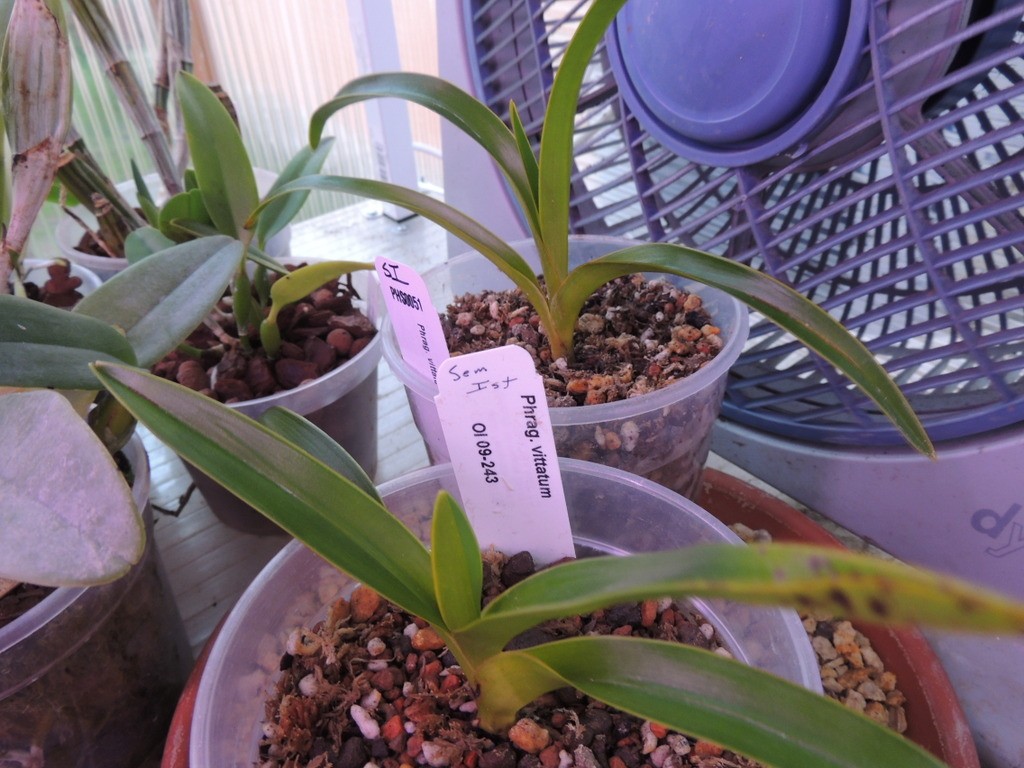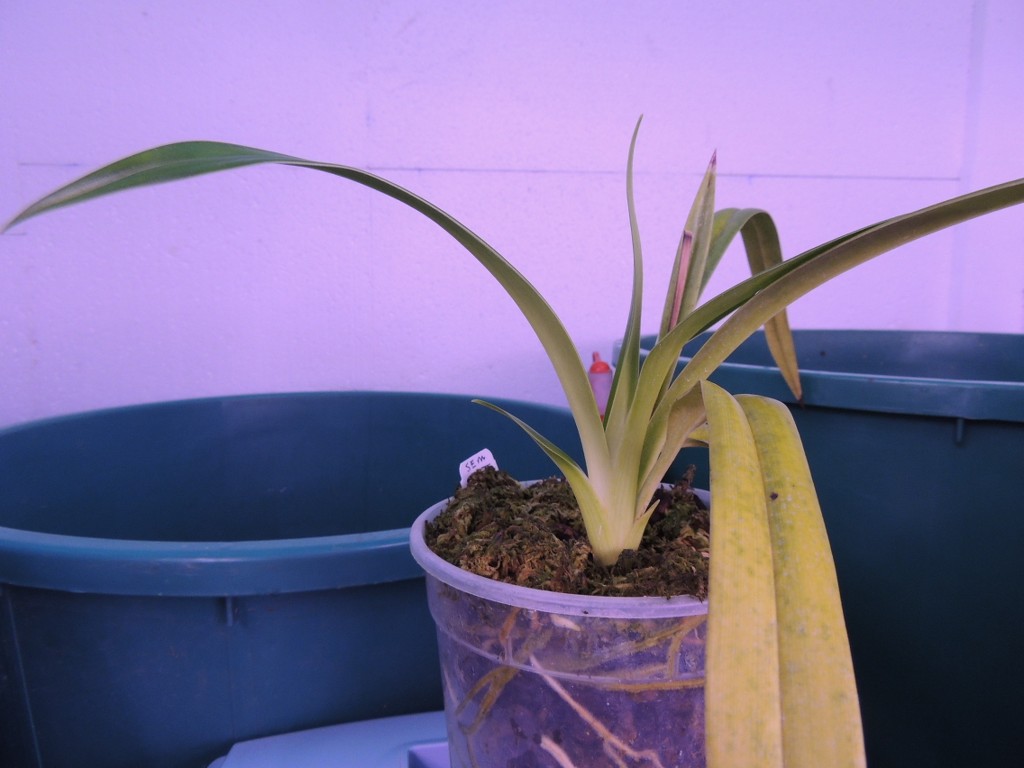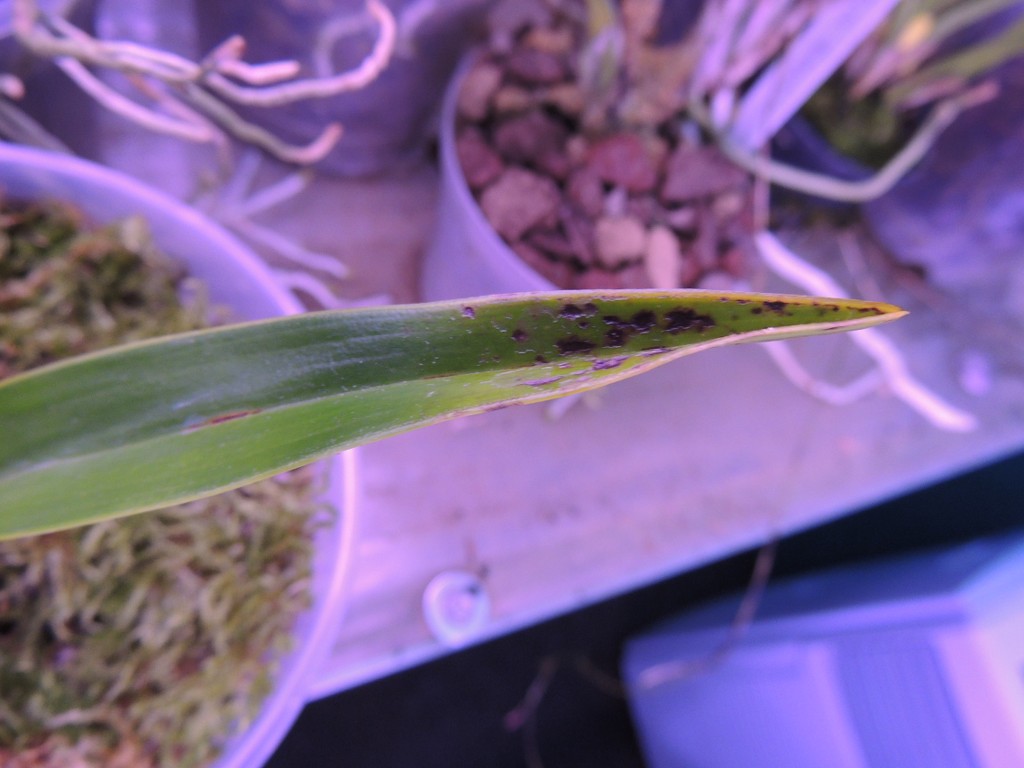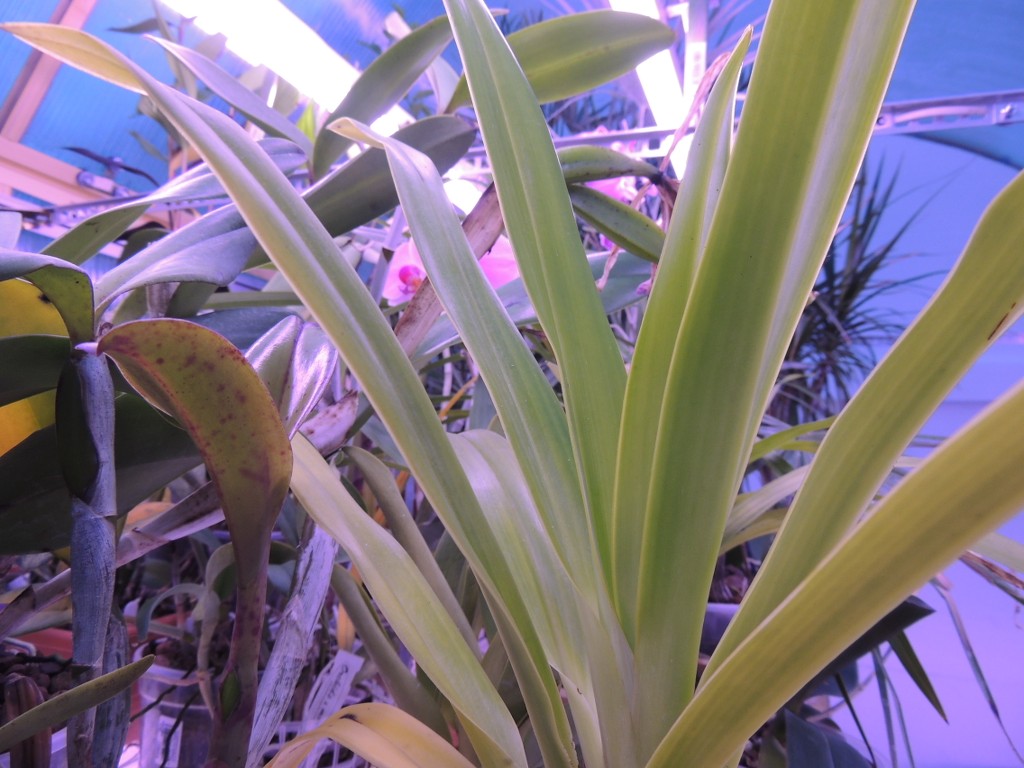- Joined
- Dec 16, 2009
- Messages
- 3,991
- Reaction score
- 4,709
Here are two vittatums. One from Sam ( many thanks again for him patience) and from Jerry Fischer . I think both are from Tom's culture. I got instructions for them, too. I try to follow it adapted to my own circumstances. Mix: milled sphagnum ( 40%), akadama ( 15%), kanuma(15%), perlite (15%), seramis(15%)
I water them only from bottom, I sink the pot into 10 ppm N K-lite solution on every second day. They stand just in front of fans ( avoid from rot) on wet gravel. And a lots of prayers....

I water them only from bottom, I sink the pot into 10 ppm N K-lite solution on every second day. They stand just in front of fans ( avoid from rot) on wet gravel. And a lots of prayers....





































